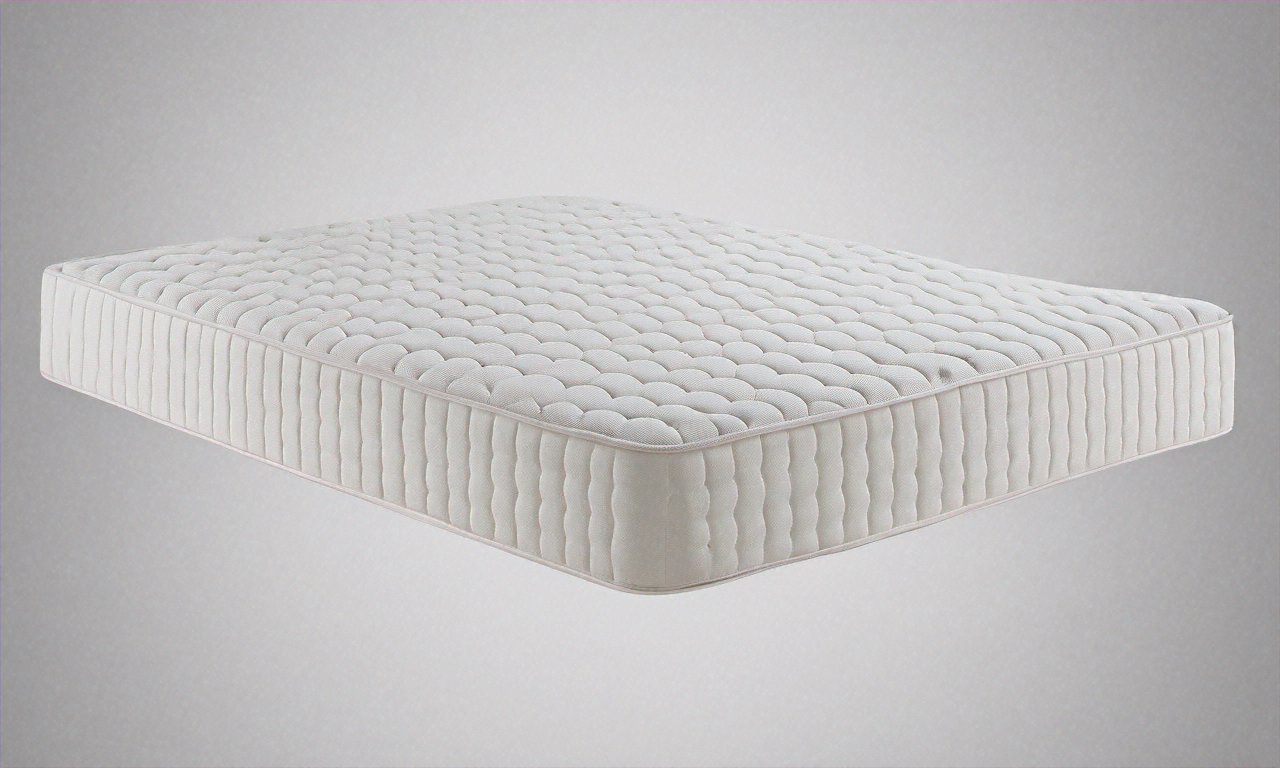Understanding Air Mattresses and How They Are Used
An air mattress is a bed that fills with air instead of springs or foam. People use them for camping, guests, or when they need an extra place to sleep. This article explains how air mattresses are made, how air flows inside, and the different designs people enjoy. Readers will learn about pumps, valves, and how air mattresses compare with other types of beds. It is a simple way to explore how a common item works and why it is useful in many everyday situations.

How Air Mattresses Work and Basic Design Elements
Air mattresses operate through a system of air chambers that provide support when inflated. The primary structure consists of reinforced PVC or textile-reinforced urethane plastic, with internal beams or coils that maintain shape when filled with air. Most modern air mattresses feature built-in electric pumps, while some utilize manual or external pumps for inflation.
Common Types of Air Mattresses
Air mattresses come in several distinct categories designed for different uses. Camping air mattresses prioritize durability and portability with lightweight materials. Temporary guest bed models often include raised platforms and built-in pumps. Permanent-use air mattresses feature enhanced durability and adjustable firmness settings. Some specialized models incorporate memory foam tops or additional insulation layers for improved comfort.
Essential Air Mattress Features
Contemporary air mattresses include various features that enhance functionality. Many models offer adjustable firmness settings through dual air chambers. Anti-slip bottom surfaces prevent movement during sleep, while reinforced edges provide stability when sitting. Waterproof flocking tops add comfort and protect against moisture, while quick-release valves facilitate rapid deflation for storage.
Selecting Air Mattresses for Home Use
When choosing an air mattress for home use, several factors require consideration. Height preferences range from low-profile to raised double-height designs. Weight capacity varies significantly between models, typically ranging from 300 to 600 pounds. Size options mirror traditional mattresses, including twin, full, queen, and king dimensions.
Air Mattress Comparison by Usage Type
| Type | Primary Use | Key Features | Typical Price Range |
|---|---|---|---|
| Camping | Outdoor Recreation | Lightweight, Compact | $30-100 |
| Guest Bed | Temporary Indoor Use | Raised Height, Built-in Pump | $60-150 |
| Permanent Use | Daily Sleep Solution | Dual Chambers, Premium Materials | $150-500 |
Prices, rates, or cost estimates mentioned in this article are based on the latest available information but may change over time. Independent research is advised before making financial decisions.
Maintenance and Care Requirements
Proper maintenance extends air mattress lifespan. Regular inspection for leaks, cleaning with mild soap solutions, and storage in cool, dry environments prevent damage. Avoiding overinflation, sharp objects, and excessive weight helps maintain structural integrity. Most manufacturers recommend periodic reinflation to compensate for natural air loss through material porosity.
Selecting and maintaining an air mattress requires understanding its intended use, features, and care requirements. Whether for camping, guest accommodation, or regular use, these versatile sleeping solutions offer practical benefits when properly chosen and maintained.




